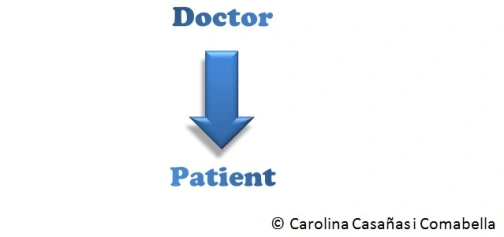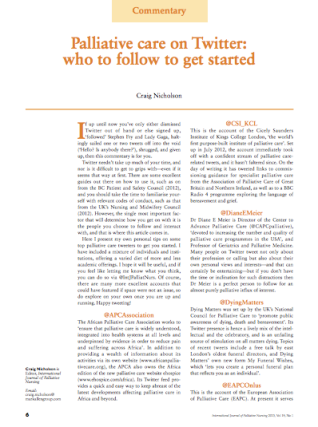I recently attended the 10th Palliative Care Congress (March 2014, Harrogate, UK). One of the sessions was a masterclass called Meeting with the Media. The following is my take on it.
This session was presented by Dr Helen Jamison, deputy director at the Science Media Centre. It was a very engaging session, where we discussed common issues around “navigating the media minefield” in palliative care. Dr Jamison focused primarily on the Liverpool Care Pathway media storm, although she also gave a very good roundup of tips for media work. I would recommend that you visit the Science Media website and have a look at the excellent work that this charity does, aimed at journalists, scientists and press officers.
The workshop was full of practical, sound advice on how to deal with the media. However, I felt that one key aspect was lacking. This was advice on how to use the Web (including social media) for media work. I am not going to dispute that a good percentage of people get their science news through newspapers, TV and/or radio. That is true. But we must not overlook the fastest, most effective tool that we have: the internet. The Web. Scientists and charities like Science Media Centre need to be skilled at using the Web to disseminate scientific evidence and counteract harmful headlines. This is as important knowing how to deal with TV and newspapers, because a) journalists are already using it (including radio and TV journalists, who may use it as an addendum to their offline strategy), and b) it will simply become the main media in the coming years. Because of the nature of the Web, information (good or bad) can rapidly become viral. We need to find strategies to counteract viral bad science, and this must be done from within.
Please do not take this as a criticism to the work of this charity. I think it is crucial. But I also think it is crucial that we have sound guidelines on how to use the Web for media work.




